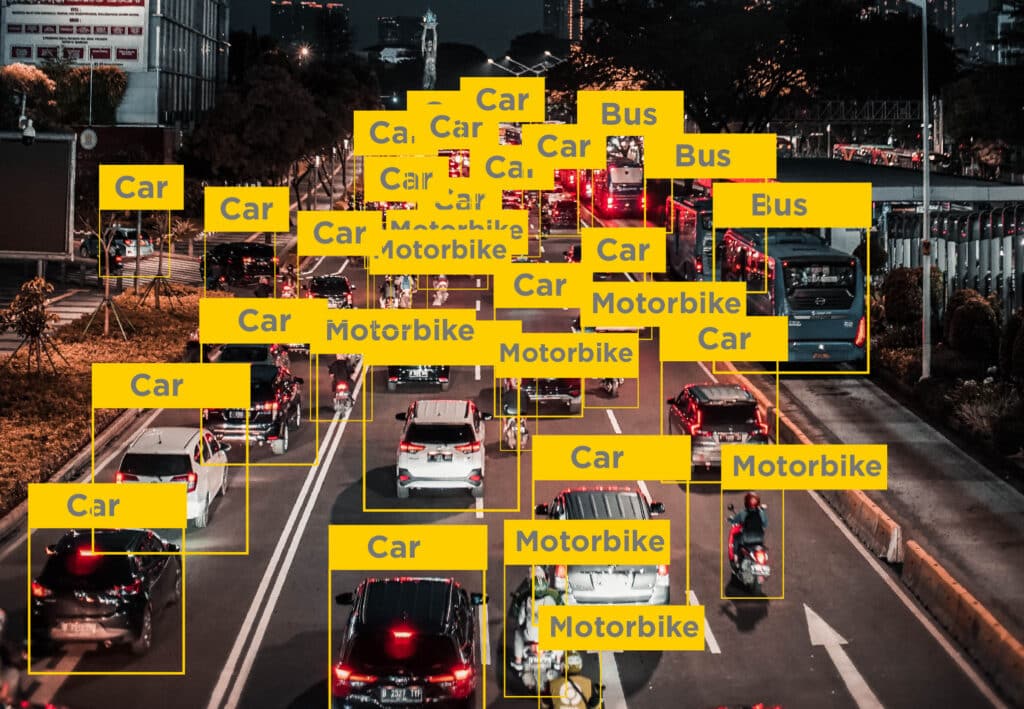RedVision have released another expert blog, which looks at why they feel metadata is much better data to use when it comes to video analytics
Metadata technology from the VMS1000 video management system, powered by Digifort, can help create innovative products for physical security, surveillance, and business intelligence applications. In this article, we explore how metadata works and how it can help protect sites and increase the effectiveness of CCTV applications.
What is Metadata?
“Metadata” is a term used to describe data that ‘informs’ us about other data. In surveillance applications, it is the data relating to changes or events in a video stream. Metadata provides identity and context to the events, so they can be categorised, sorted, searched, and recovered more easily and provide information such as:
- Real-time alarm triggering and notifications.
- Post-event, forensic searching.
- Statistical analysis and reporting.
- Driving event or motion recording, reducing storage overheads.
“Machine Understandable”
Machines or computers cannot ‘watch’ video and interpret it like a person. With VMS1000, metadata applies ‘machine understandable’ intelligence to the video, which is absolute, measurable, and scalable. This comes in the form of ‘identifiers,’ such as time, location, movement, identity, size, dwell, type and location of objects and people. Making the video data ‘machine understandable’ allows analysis of only the changes, trends or specific types of events deemed relevant, not the entire video stream. This vastly increases VMS system efficiency, speeding up the search and retrieval of relevant video and only applying analytics processing where needed.
Metadata and Security
Metadata offers an insight and context into significant, security surveillance functions – especially those relating to search, alarm handling and reporting, such as:
- Date and time
- Camera obstructions
- Scene motion
- Camera movement
- Location
- Attributes
- Colours
- Sizes
- Gender
- Speed
- Direction of travel
The metadata helps operators to identify incidents and events and respond in real time. Analytics’ rules, such as ‘virtual fences,’ trip wires and people counting, can draw an operator’s attention to events and help them understand what is happening on a site.
Deep learning functionality enables cameras to self-calibrate, separating a scene ‘background’ from an event of interest or helping to understand the interaction of objects in a scene and with their environment. Metadata ensures the VMS system is better able to focus on only what is important to that site.
Metadata and Multiple Camera Streams – the Benefits
Leading camera manufacturers, including Redvision CCTV, provide multiple video streams, simultaneously, from a single camera. The Full HD stream in VMS1000 is used for high-quality recording, linked to an identical lower resolution stream which is used for analytics processing, multi-screen viewing and remote viewing from PC’s, smartphones, and tablets.
This stream is ideal for metadata generation. System processing power goes much further if lower resolution video streams are used for metadata and analytics. These simply reference, or tag, events in the HD video timeline, allowing higher resolution video retrieval for analysis and evidence.
Producing metadata with a low-resolution stream to retrieve events from the HD video stream, is a highly efficient approach to CCTV system management and analytics. It is only possible when the VMS and analytics are part of the same software package, like VMS1000.
Many ‘all-in-one’ boxed, analytics solutions use the same stream for processing and recording, which means recording is in D1 resolution at best, not HD. This means it is important to check the recording quality if using an all-in-one analytics solution or risk lower quality playback and evidence than expected.
In processing terms, splitting the recorded stream from the metadata and analytics processing streams is efficient. It allows greater camera density on servers and saves on server processing costs.
Analytics Functions and System Management
Metadata-driven reports of events and specific object behaviours can be provided by VMS1000 for security and site management purposes. Metadata gives elevated levels of insight into object behaviours, including missing object, moved object, and change of object – guarding against crimes such as theft. Unwanted or left objects in a scene can be identified to trigger alarms and protect public spaces like airports, railway stations and town centres against attack.
Retail Management
Metadata allows details of store, vehicle and visitor traffic and behaviour to be collated. It can dramatically influence efficiency, providing information for security management such as occupancy, footfall, theft, violence to staff, car park management and supplier deliveries.
It can inform store layout, support marketing, and improve planning. Human behaviours can be learnt and tracked, including loitering, occupancy, and suspect movements, such as rapid hand movements, which can indicate theft – the options are endless.
Metadata can assist in remote and pro-active, security management systems like VMS1000, by helping to filter out irrelevant video information. Notifications and alerts can notify devices, integrating surveillance with mobile technologies, and ensuring the right person receives the information they need in real time.
Metadata technology dramatically increases VMS and analytics efficiency, providing valuable business insight, marketing, security, facilities, and site management information.





